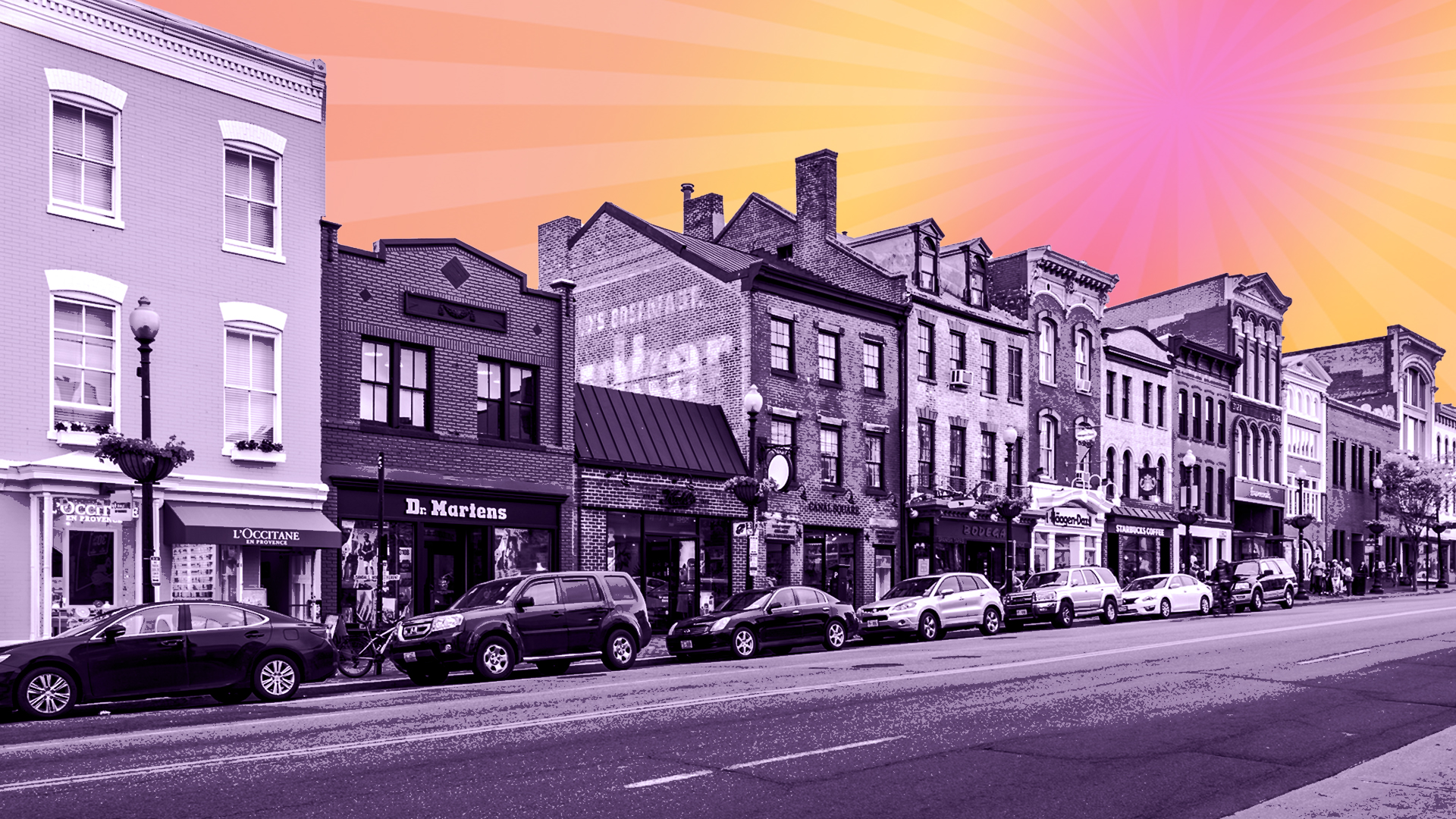%2015%20Mar?$article-big-img-desktop$&qlt=85,1&op_sharpen=1)
In 2020, RICS launched its ‘resilient response’ campaign to highlight the contributions that built environment professionals were making to the world’s COVID-19 response. From innovative digital facilities management services to pioneering new treatment centres, RICS professionals have demonstrated a willingness to innovate and a commitment to maintaining high standards.
What has also become apparent is that the pandemic has really accelerated innovation across the natural and built environment professions. As many parts of the world are now emerging from the pandemic, we can see a new focus on three key mega-trends which will address the big challenges on the horizon. I was pleased to be the RICS judge on the MIPIM awards earlier this month. It was very encouraging to see a strong focus on sustainability, wellbeing and smart buildings in many of the entries. And in November, the world will come together for COP26, a pivotal moment in our fight against climate change.
Here are three big trends from our research that are here to stay because they will help us create a cleaner, greener and more productive built environment.
Sustainable buildings are the future
Although the pandemic has been the driving force behind many changes within the built environment, 2020 and 2021 also saw a shift towards more sustainable building design and operation. For many companies, it has presented an opportunity to examine office requirements and think about the needs of their future workforce.
This is borne out in the most recent RICS quarterly Facilities Management survey, which shows there is strong, growing demand for FM expertise across many areas, with the strongest growth predicted to be in workplace and relocation management alongside sustainability management. A massive 85% of the survey’s respondents say that clients consider sustainability to be an important issue, and energy management features in this quarter’s list of fastest expanding areas.
For those looking to re-locate, sustainability credentials are key. JLL, for instance, recently announced it would be taking on 134,000ft2 at 1 Broadgate in London – working in partnership with British Land to deliver a cutting-edge sustainable headquarters that will help both organisations meet their net zero targets. This includes thinking about both operational and embodied carbon and how different material choices can impact the overall footprint.
This is an issue growing in importance as COP26 approaches, given the built environment contributes around 40% of total global emissions. RICS has recently worked with 49 global organisations to develop the third version of the International Cost Management Standard (ICMS 3), which is out for consultation now. ICMS 3 represents the first international standard for reporting carbon emissions across all areas of construction and will be supplemented by the UK’s first built environment carbon database later this year.
Resilience and sustainability will be intertwined in the years ahead, and the most sustainable buildings will be those best equipped to adapt to the challenges of climate change.
The advance of smart building management
COVID-19 also ushered in a new urgency around smarter buildings, as sensors and data were used to manage new social distancing and hygiene requirements. Sathish Rajendren FRICS of Knight Frank India outlined in our resilient response campaign how it reconfigured its clients’ office spaces to help curb the spread of the virus. Knight Frank implemented new automation measures, including touchless and voice activated access points alongside nanoseptic surfaces on desks.
These kinds of measures are rapidly becoming widespread throughout industry. We can also expect to see greater numbers of sensors throughout buildings to monitor air quality, temperature and noise levels – combining this real time information to optimise environments for productivity and wellbeing on a day-to-day basis, as well as manage ongoing maintenance issues.
At a time when many boardrooms around the world will be considering their property portfolios, there is now an unprecedented need to understand the performance of buildings and the value this brings.
Wellbeing as a priority
As we reopen workplaces, there has been a lot of discussion about the role of the built environment in promoting wellbeing, as employees begin to return. Wellbeing has risen up the agenda beyond the workplace, with a wider range of people now considering how the built environment can enhance wellbeing across a variety of buildings.
Adejumoke Akure MRICS, a facilities management specialist in Nigeria, worked with teams in Lagos to establish an isolation and treatment centre during the pandemic. This site was focused on the end user’s experience from the beginning, recognising that the majority of patients would be asymptomatic – so it was designed with vibrant open areas where patients could sit, play games or make a drink, without increasing the risk of transmission. This enhanced patient wellbeing and reduced the care burden on staff.
All three of these mega-trends were with us before COVID-19: the world was already moving in this direction. The pandemic has simply accelerated their development. At a time when many boardrooms around the world will be considering their property portfolios, there is now an unprecedented need to understand the performance of buildings and the value this brings. In the past, cost has been the main driver of building operations – but in the future, digitally enabled buildings that can enhance wellbeing and have sustainability credentials will be the most sought after.
The most resilient organisations in the years to come will be those who take the opportunity now to invest in these trends, ensuring we truly build back better.

Is low rent better than no rent?
How the landlord tenant dynamic changed during the pandemic Read more

